-
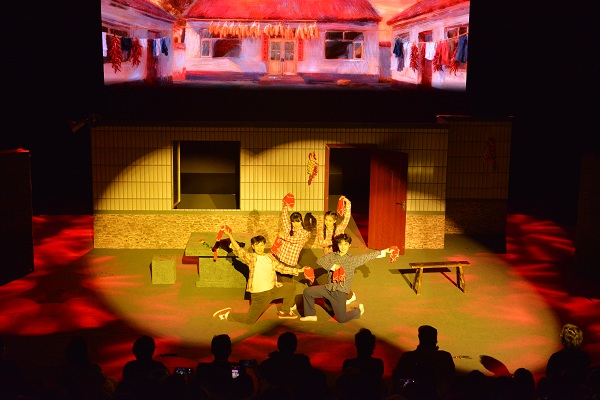
Comedy brings rural stories to life
2025-12-15
A campus stage came alive with laughter, warmth, and rural stories as Xiaoliu Is Coming, a 2025 China National Arts Fund-supported project, returned to Jilin Animation Institute on Dec 11.
-
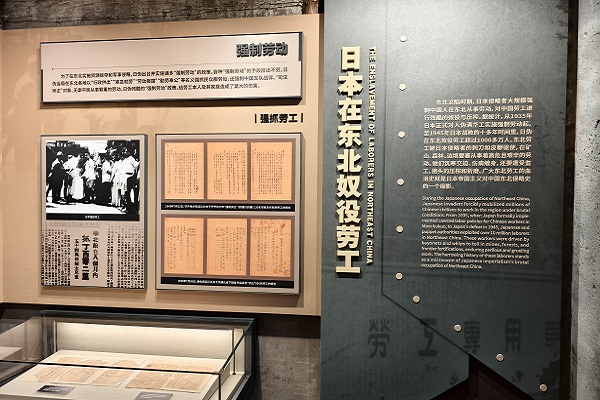
Jilin exhibition reveals proof of Japanese atrocities
2025-12-12
The exhibition "Ironclad Evidence – Archives of Japanese Aggression against China" opened on Dec 12 at the Jilin Provincial Archives.
-

Songyuan to build more vibrant winter season
2025-11-19
Songyuan city in Northeast China's Jilin province is gearing up for a vibrant new snow season.
-
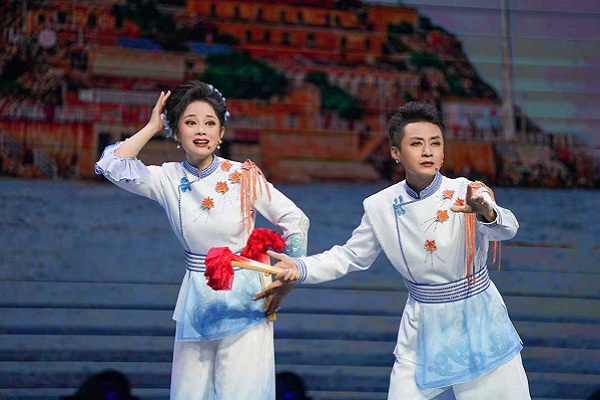
Jilin errenzhuan wins national stage art honor
2025-11-05
Jilin's original errenzhuan production, The Island Guard Couple, won the 18th Wenhua Award, the country's highest honor for stage art.
-
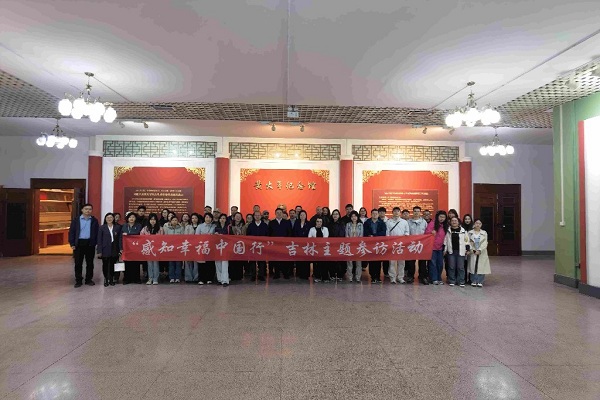
Global media explores Jilin’s blend of heritage and innovation
2025-10-13
The "Perceiving Happiness in China" Jilin Tour, organized by the State Council Information Office, officially kicked off in Changchun on Oct 11.
-
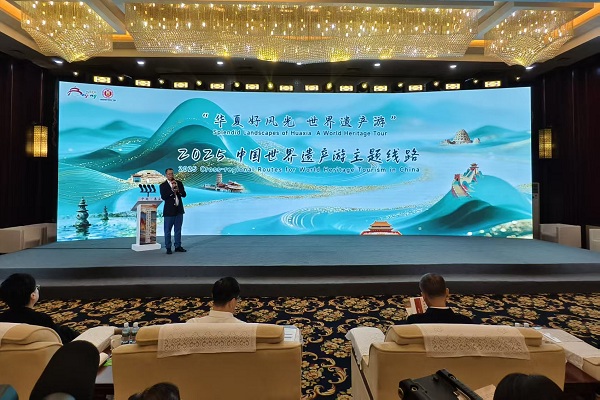
Ji’an hosts China World Heritage Tourism Promotion Alliance Conference
2025-09-26
Ji'an, Northeast China's Jilin province, held the 2025 China World Heritage Tourism Promotion Alliance (Ji'an) Conference and Gaogouli World Cultural Heritage Protection and Exchange from Sept 24 to 25.
-
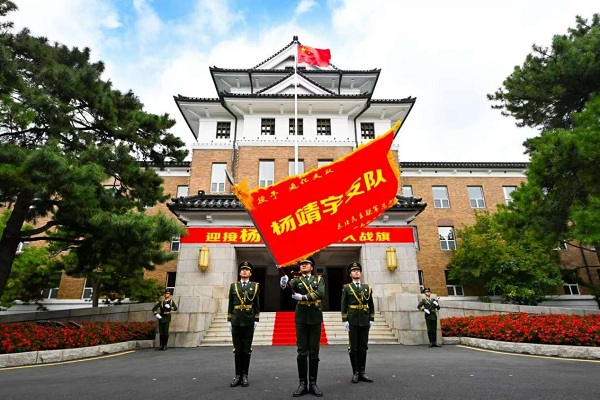
Jilin pays highest tribute to Yang Jingyu detachment battle flag
2025-09-15
Northeast China's Jilin province held a ceremony on Sept 14 to welcome back the battle flag of the Yang Jingyu Detachment.
-
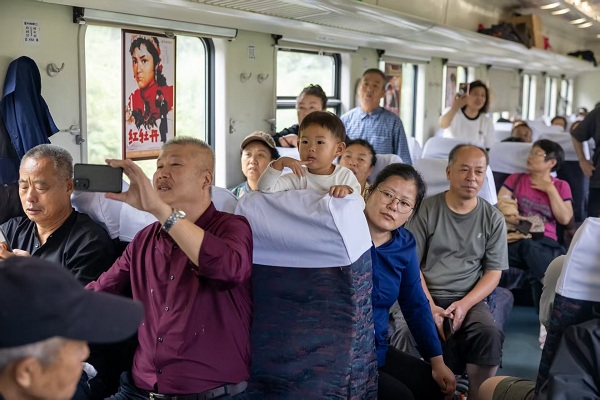
Cinema, market, and memory on the tracks
2025-09-09
On the morning of Sept 5, the No 4245 train slowly departed Tonghua Railway Station, carrying more than 200 passengers toward Changbai Mountain.
7197

Culture and Travel
- http://www.gojilin.gov.cn//img/img/attachement/jpg/site16/20210723/1627028964467.jpg
Copyright © Information Office of the People's Government of Jilin Province. All Rights Reserved.
Powered by China Daily
